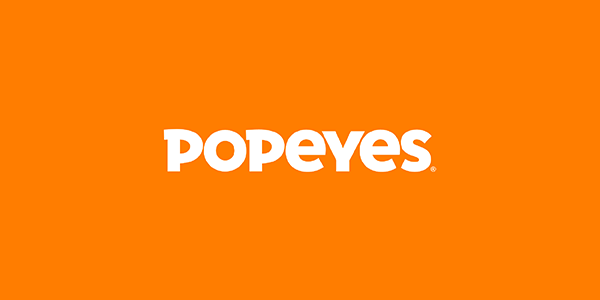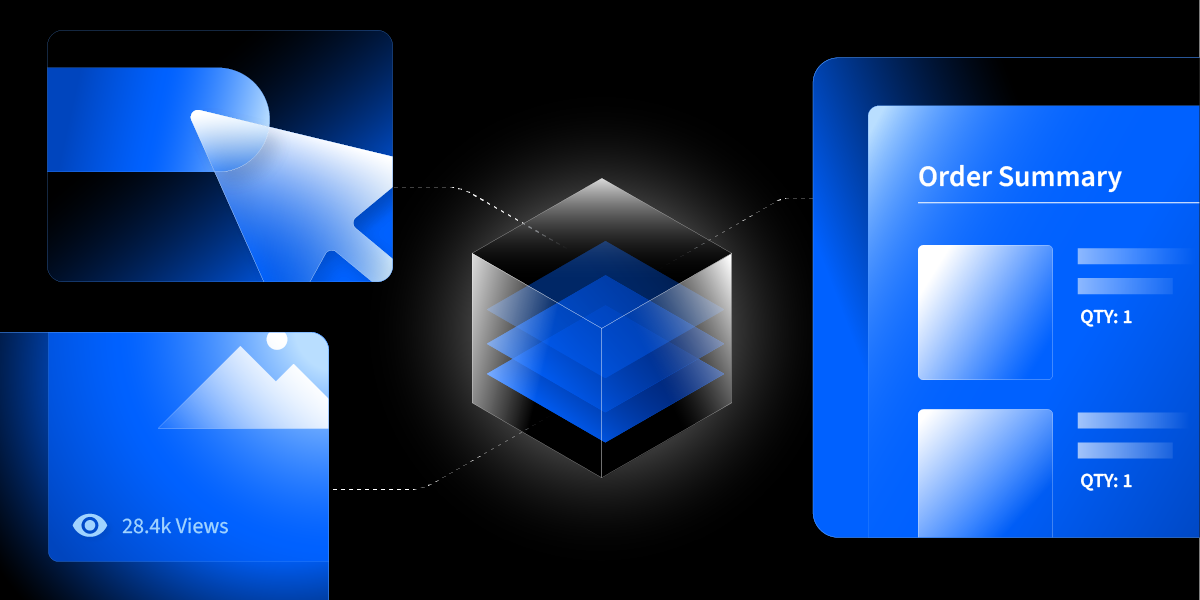How Programmatic Guaranteed Works and When to Use It

The way digital ad inventory is bought and sold has undergone a major shift over the past decade.
Previously, advertisers had to secure inventory through direct deals with publishers that often involved manual insertion orders, spreadsheets, and back-and-forth emails or phone calls. While effective, the process was time-consuming, leaving teams little room to optimize campaigns, test creatives, and improve performance.
Programmatic guaranteed streamlines the process. It provides advertisers with the efficiency of programmatic buying—automating workflows and offering greater control and transparency by allowing media buyers to secure premium, brand-safe inventory and guaranteed impressions without the hassle of manual negotiations.
In this article, we’ll explain what programmatic guaranteed is, when to use it, and how to get the most out of it with your media buying strategy.
What Is Programmatic Guaranteed?
Programmatic guaranteed is a type of direct deal in which a publisher agrees to sell a fixed number of impressions to an advertiser at a pre-negotiated price. Unlike open auctions, this media buying method offers predictable ad delivery and greater transparency, making it ideal for high-impact campaigns requiring higher brand safety and guaranteed reach.
Programmatic guaranteed is particularly valuable for advertisers who need strict control over ad placements due to short campaign flights, industry-specific regulatory or compliance requirements, or the need to secure specific inventory to reach a defined audience.
For example, a political campaign promoting a candidate running for office could leverage programmatic guaranteed deals to ensure ads appear in pre-approved, brand-safe news outlets—allowing them to adhere to election advertising regulations and reach a specific audience without the risk of appearing alongside unsuitable content. It can also be used during periods of high competition when guaranteed inventory is particularly sought after, like in the final days before an election.
Another example would be a major retailer doing a homepage takeover on a popular review site in the week leading up to a major shopping holiday like Black Friday. Using programmatic guaranteed, the retailer could lock in premium display inventory in advance to ensure their Black Friday promotions reach tech-savvy shoppers when consumer interest is at its peak and inventory doesn’t run out due to increased competition from other brands.
This, coupled with its efficiency, has driven the widespread adoption of programmatic guaranteed, with an oft-cited report from Boston Consulting Group finding that agencies and advertisers save 29% more time when using programmatic guaranteed deals compared to traditional direct buying methods.
Although programmatic guaranteed is typically viewed as a complement to your overall media plan rather than a replacement for open auctions or other programmatic buying methods, it continues to gain popularity. This is especially true for emerging channels like connected TV (CTV), which offer access to premium inventory. According to a recent report, programmatic guaranteed helped make up a quarter of all CTV ad buys in 2024.
Programmatic Guaranteed vs. Other Ad Buying Models
There are multiple ways to purchase ad space programmatically, all of which have distinct advantages. Here are the main differences between programmatic guaranteed and three popular media buying methods:
Programmatic Guaranteed vs. Private Marketplace (PMP)
A PMP is an invite-only auction in which a select number of advertisers are invited to bid on premium inventory.
Unlike programmatic guaranteed deals, inventory isn’t exclusively reserved for advertisers, nor are they obligated to buy ad space. Instead, PMP deals provide preferred access, allowing advertisers to access inventory before it becomes available in the open exchange. But it comes at a cost—inventory isn’t guaranteed, and competition with other buyers can drive up prices.
Programmatic Guaranteed vs. Preferred Deals
Although both fall under the umbrella of programmatic direct, the main difference between programmatic guaranteed and preferred deals is that preferred deals give advertisers the first opportunity to purchase inventory from a publisher at a pre-negotiated price.
Unlike programmatic guaranteed, the buyer doesn’t have to commit to purchasing a fixed number of impressions. If an advertiser passes on the opportunity, the publisher can offer the inventory to other buyers, typically through a private marketplace or open auction.
Programmatic Guaranteed vs. Open Auction
An open auction—often called real-time bidding—is an auction in which any advertiser can bid on the available inventory in real time. Unlike programmatic guaranteed, there’s no upfront commitment or pre-negotiated price. Instead, inventory is sold impression by impression, with advertisers competing for each ad opportunity.
While open auctions offer the most flexibility of all previously mentioned buying options, unlike programmatic guaranteed, they provide no guarantees about inventory availability, impression volume, or the ultimate price of ad placements, making them better suited for campaigns prioritizing reach and flexibility over guaranteed ad delivery and predictability.
Here’s a table summarizing the key differences between each buying method:
| Feature | Programmatic Guaranteed | Private Marketplace | Preferred Deal | Open Auction |
| Inventory | Fixed and guaranteed; exclusive inventory. | Non-guaranteed; exclusive inventory. | Non-guaranteed; exclusive inventory. | Non-guaranteed; open exchange inventory. |
| Pricing | Pre-negotiated CPM. | Dynamic based on bids. | Pre-negotiated CPM. | Dynamic based on bids. |
| Process | Direct negotiation with publishers. | Invite-only auction among select advertisers. | Direct negotiation with publishers. | Open auction with multiple advertisers bidding on inventory. |
| Use Case | Brand campaigns requiring guaranteed inventory. | Priority access to premium inventory. | Premium access, without commitments. | Broad reach and scale at variable pricing. |
Benefits of Programmatic Guaranteed
Programmatic guaranteed offers several benefits for advertisers—namely transparency, efficiency, and control—compared to other programmatic buying methods. Here are a few of the key advantages:
Guaranteed Access to Premium Inventory
One of the biggest benefits of programmatic guaranteed deals is that they provide advertisers access to highly sought-after inventory that is typically difficult or impossible to secure through open auctions or other programmatic media buying methods.
For example, if an advertiser runs a short campaign or wants inventory that’s usually scarce, like during live sporting events, they can leverage programmatic guaranteed deals to lock in a guaranteed number of impressions, helping them compete at a higher level.
Extended Audience Reach
With programmatic guaranteed deals, advertisers gain access to a publisher’s 1st-party data. This allows them to reach specific or niche audiences by using unique publisher data, significantly extending their audience reach and providing access to segments that might otherwise be unavailable through traditional programmatic buying methods.
Enhanced Transparency and Control
Programmatic guaranteed deals also provide advertisers with complete transparency into exactly where and when their ads appear, eliminating the uncertainty that’s usually associated with less direct buying methods.
For example, advertisers operating in regulated industries, such as healthcare or finance, can use programmatic guaranteed deals to verify that their ads run only in compliant, brand-safe environments—helping them protect their brand reputation while ensuring alignment with campaign goals.
Implementing a Programmatic Guaranteed Deal
There are two main ways to set up a programmatic guaranteed deal within a programmatic advertising platform.
In the first scenario, known as a client-assisted deal, a client identifies specific inventory they want to secure—such as placements during Sunday Night Football or throughout live-streamed football games during a specific time frame. A sales or account manager then contacts the publisher directly to confirm availability and facilitate negotiations, using the client’s campaign parameters and the publisher’s rate card to help determine the overall cost and terms of the deal.
In the second scenario, clients negotiate their deals directly with publishers and then bring these deals into an adtech platform, such as a demand-side platform. The platform uses a unique deal ID provided by the publisher to execute the agreed-upon terms and manage the campaign—essentially using the underlying technology to automate ad delivery and pacing while tracking performance against predefined goals.

Both approaches have advantages. With client-assisted deals, advertisers benefit from dedicated support during negotiations and troubleshooting, including assistance with pricing, inventory availability, and creative specifications. When clients bring their own deals, they retain greater direct control over negotiations and publisher relationships, though they may receive less immediate support when troubleshooting issues like incorrect creative formats or file sizes.
The Future of Programmatic Guaranteed
While open auctions remain the most common buying method, programmatic guaranteed is gaining momentum as advertisers look for ways to reach specific and niche audiences, particularly as emerging channels like CTV provide access to premium inventory that was previously unavailable outside of programmatic channels.
According to EMARKETER, ad buyers are increasingly turning to PMPs and programmatic direct methods like programmatic guaranteed, which both rely heavily on 1st-party data and offer access to premium inventory, to personalize campaigns, improve audience targeting, and ultimately drive better return on investment, with 76.2% of US programmatic digital display ad spending expected to be transacted through programmatic direct channels by 2026.
Looking to improve how you plan and execute media buys? Download our guide to programmatic advertising or speak with our team to see how StackAdapt can help you secure premium inventory, streamline campaigns, and drive measurable results for your brand.







